Billie Eilish: How silence became the loudest voice in pop

Billie Eilish ventured into music back in 2015 and has endured a steady rise to fame since then. The 23-year-old singer currently has one of the richest catalogs in the music industry, consisting of three albums, with seven career tours backing them up, including the “Hit Me Hard and Soft: The Tour,” which she started earlier this year in Sweden.
The “When The Party Is Over” singer has radically carved a different path that makes her unique in a competitive industry. She’s rather invested in mastering the art of restraint while proving that silence can be as powerful as sound – with her brother, Finneas O’Connell, playing significant roles in her songwriting and productions – than competing for attention with overpowering vocal theatrics like other acts.
Her arrival on the music scene was almost subversive, bringing a style that thrived on a negative space. While most pop artists relied on soaring vocals and explosive beats, Billie maintained the use of sparse instruments, hushed vocals, and haunting soundscapes, creating an unsettling intimacy between her fans.
This is seen and felt better in her live performances, where she opts for the use of oversized wear to support her radicality – aside from the fact that she just wants to be free and be herself while on stage – an act that has now become an expectancy whenever Billie Eilish is mentioned.
The success she has recorded in the music industry is evidence that her style resonates with a lot of people, which is quite expected, as not everyone is built to love the high perspective of pop. Billie Eilish has been able to create a genre of pop that is completely different from the norms – forcing listeners to think deeply to understand the message her songs convey.
Songs like “Bury A Friend,” from her “When We All Fall Asleep, Where Do We Go?” album, showcased her mastery in crafting songs that force an eerie kind of emotion within. They also prove that raw emotions don’t have to be loud to be felt – with the right type of silence, they can be erupted from within.
Billie Eilish has been able to sustain her personality of creating such kinds of songs for 10 years now, and she keeps growing in the industry. In this article, we’ll be exploring how she has managed to turn sonic negative spaces into a form of power, influencing a whole generation of both music lovers and artists alike to lean into vulnerability and not just volume.
Before proceeding, it should be noted that her upcoming shows in Europe are scheduled for the 29th and 30th of May and will continue through June. Attending any of her shows is highly recommended, especially now that securing Billie Eilish tickets through Seatsnet has become more accessible. With ticketing concerns addressed, an examination follows of how Billie Eilish has utilized silence as a genre-defining element to captivate millions of fans worldwide.
Whispers in a world of shouting: Billie’s subversive sonic entry
Billie Eilish entered the music scene doing the opposite of what the world of pop demanded from artists. While this would’ve easily been an act that destroyed the foundation of whatever legacy she wanted to build, it instead reinforced her to become one of the most loved musical figures in the entertainment industry.
For Billie Eilish, it’s not just about her songs. Even her dress sense corresponds with her musical personality. She is one of the acts who’ll always choose comfortable clothing over engaging in a complex fashion choice. This allowed her fans to be expressive as well, especially given the fact that she does this because it supports her genre, and it’s okay when many don’t understand.
Billie’s subversive sonic entry with one of her breakout hits, “Ocean Eyes,” served as an eye-opener to the world – exposing what she was made of and what she intended to dominate the industry with. The single came as a soft and ethereal track, which disputed the known dominant style of pop songs in the industry. She released more songs like “Everything I Wanted,” and “You Should See Me In A Crown,” which affirmed her dominance in the genre she had ventured in.
It soon became clear that she intended to make a difference with whispers in a world of shouting, and judging from her career track record, it worked for her. Billie Eilish stands recognized as the second artist in Grammy history to walk away with all four general field categories. She is also the first 21st-century artist to have won two Academy Awards, making her the youngest winner ever. This is a big middle finger to those who called her music “sadistic” to begin with.
The sound of negative space: How silence became her signature
When reading through the track record of Billie Eilish’s career, it becomes evident how much dedication she and her brother, Finneas O’Connell, put into making their style of pop popular amongst music lovers. Considering her accolades, she now appears to be one of the fastest-growing artists in the industry, and her sound of negative effect is drawing over more fans with each album she drops and live performance she organizes.
Their approach outshines conventional songwriting and presentations, establishing that with the right settings, absence can be as significant as presence. They do this by sparse arrangements, whispered vocals, and, most of all, meticulously placed pauses. This ends up creating a sonic experience where tension is built through restraint and not excessive use of instrumentation or vocals.
Instead of excessive instrumentation, they let quietness speak for itself, and that’s where the whole concept of Billie Eilish’s negative space plays out. They deliberately make use of silence and minimalism to highlight emotional weight, and it works magic, especially in their concerts. An example of this occurs during a performance of “When The Party Is Over” in the Ziggo Dome, Netherlands, where the spaces between notes create a form of physical tension that encourages fans to tap into the feeling rather than become overwhelmed by it.
The intentional pauses can be interpreted as emotional breaths, with each take-in amplifying the weight of each word and melody from Billie Eilish’s vocals. Having studied her songwriting and production – whether live or recorded – it became obvious that this was her way of making silence become her signature because the approach makes her music feel more intimate than normal, painting the picture of Billie Eilish singing directly into the ears of her fans.
Echoes of Billie: The rise of minimalism in gen z pop
Defining Billie Eilish’s current prowess in the music industry would be incomplete without first understanding the bare foundations of her legacy in the industry. The “Chichiro” singer built this legacy on softness, simplicity, and honesty. This has not only given her a concrete foundation in the industry but has also given rise to a new generation of artists who also embrace restraints as their greatest strength.
Her influence cannot be exaggerated, as it is seen in the likes of Olivia Rodrigo, Gracie Abrams, and Conan Gray, who are making good waves in the industry. She has influenced them to create an emotional depth with their musical craft through minimalism, forging a different kind of pop identity that’s unique to an individual.
Billie Eilish’s approach screams, “Why be the same when you can be different and still make as much impact, raking in a lot of recognition, as everyone else?” The ideology behind being a pop star is maintained if whatever you’re crafting does not fall far from the root of it all. This is what Billie Eilish has achieved – and still with a long way to go.
The editorial unit










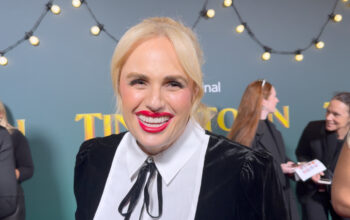







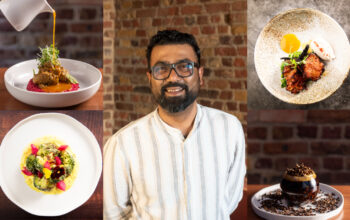
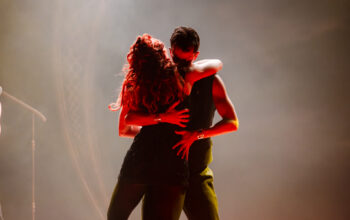

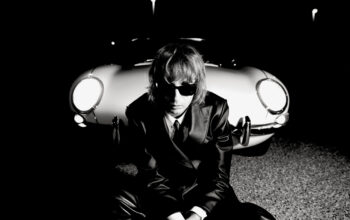
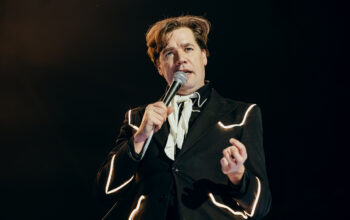


Facebook
Twitter
Instagram
YouTube
RSS